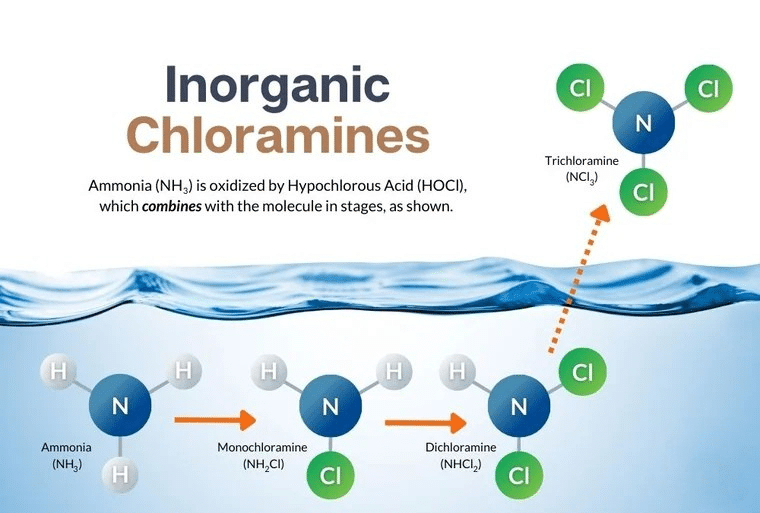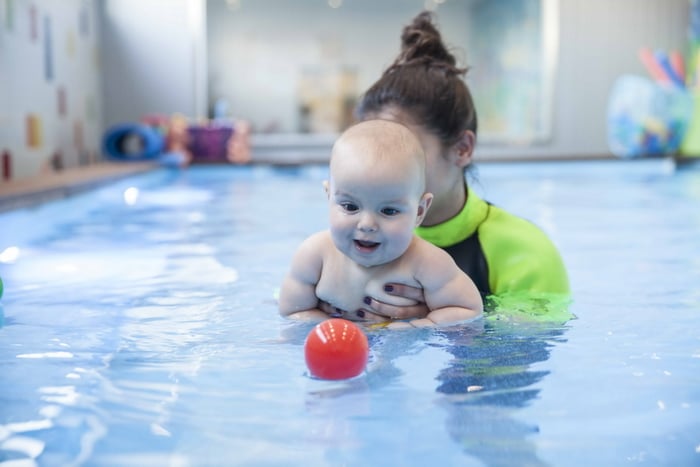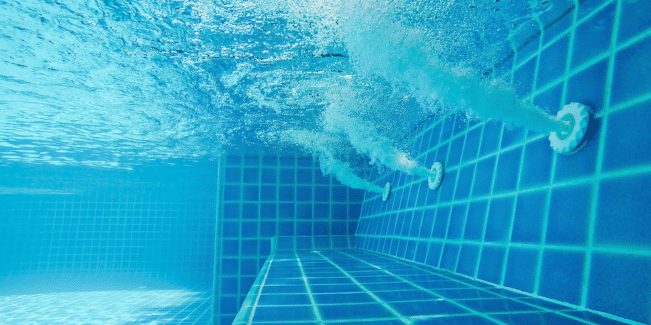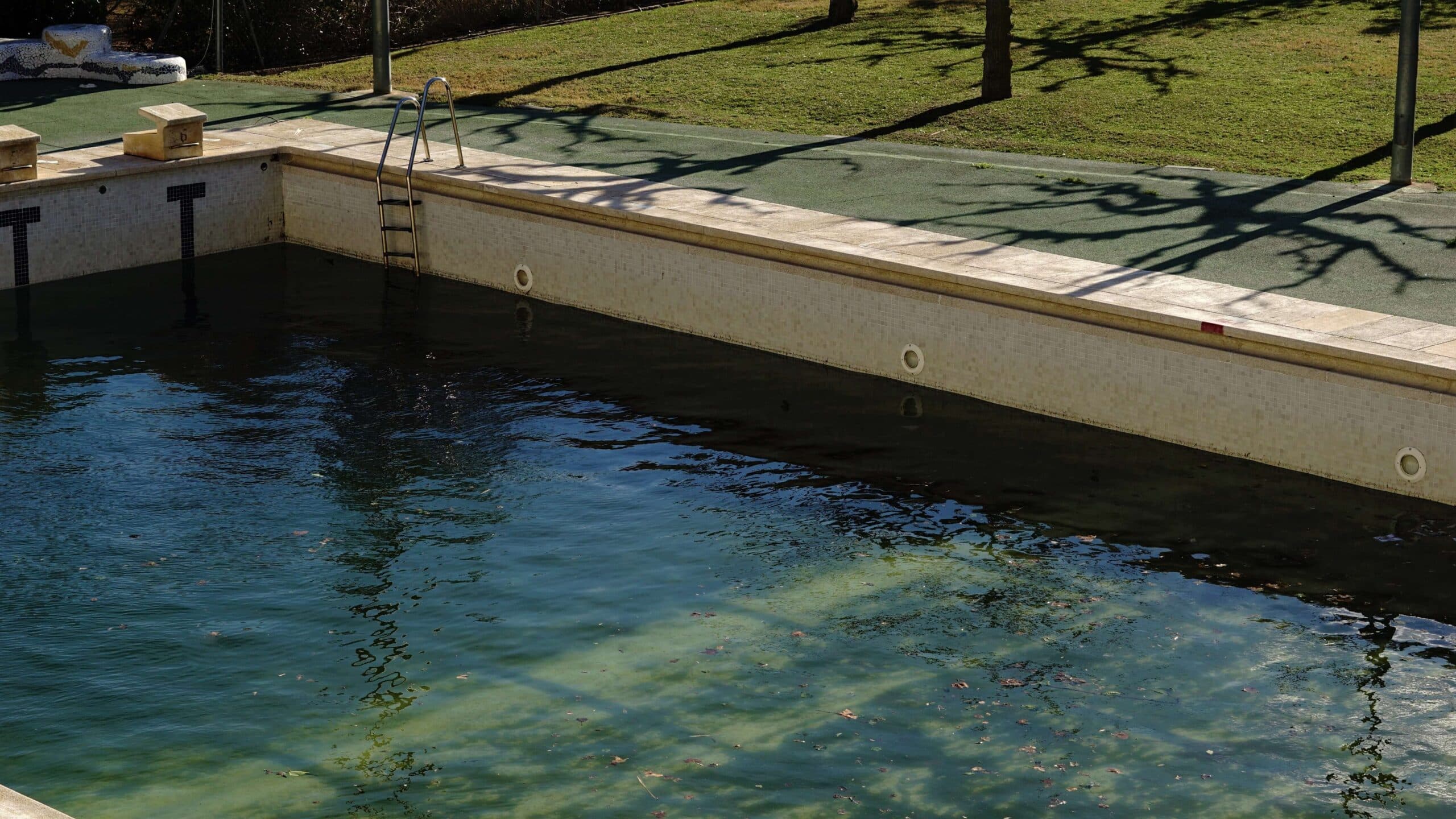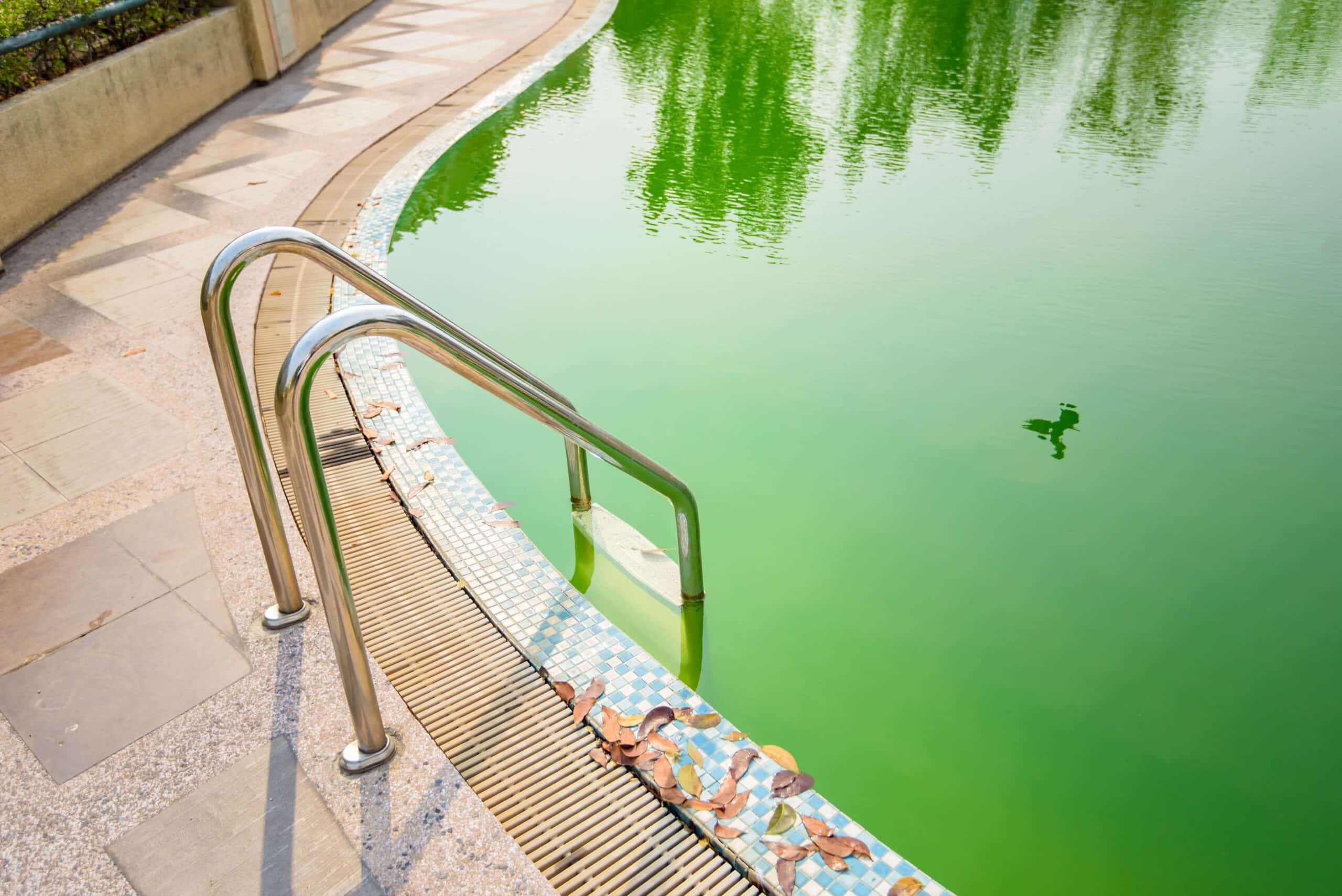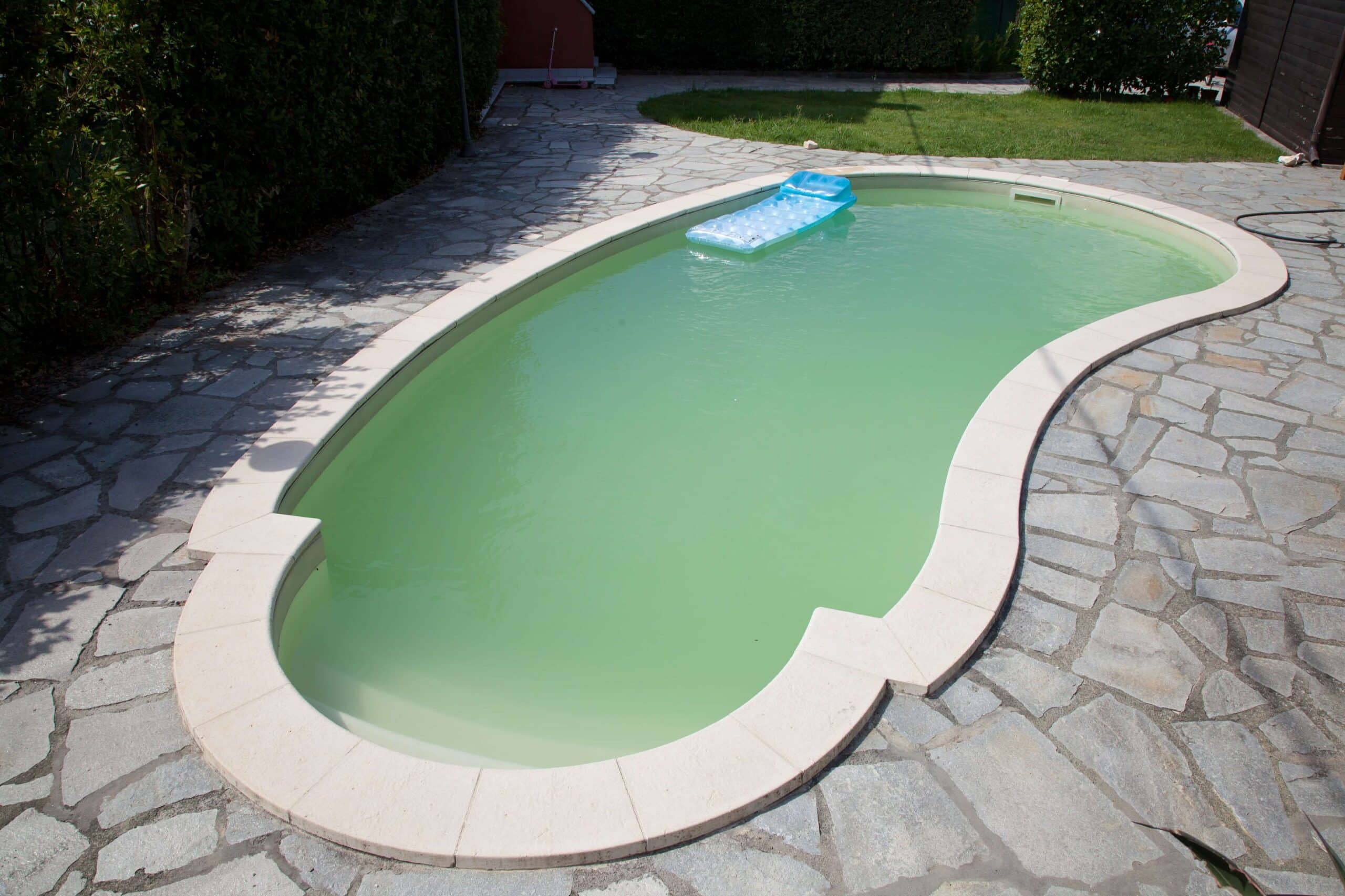Swimmers compete hard, perhaps even harder than other athletes, and they don’t usually complain about the conditions in a pool because most people perceive it as a weakness. However, the conditions in a swimming pool should be as good as possible, not only for the health of the athletes but also for those who work there. Let’s not forget the coaches, parents, lifeguards and other staff. One of the most common and serious problems that affect the health of everyone who is in a swimming pool every day, and especially in an indoor swimming pool, is respiratory problems.
How common is it for an athlete to cough after a workout?
Quite common and the simplest of those that can be faced. This cough is due to some volatile substances, chloramines, that the athlete and those around the pool inhale. Chloramines are compounds that have been formed from the ammonia found in the urine and sweat of swimmers in contact with the chlorine that we use in the pool as a disinfectant. These compounds have a characteristic chlorine odor and many may confuse it with the high concentration of chlorine in the water. Chloramines are divided into three subcategories, monochloramines, dichloramines and trichloramines. Of these, trichloramines – with the phenomenon of evaporation – are located at the level above the pool water, exactly at the point of inhalation of swimmers.
What is a cough caused by chloramines?
The best way to describe what chloramine inhalation causes is a burning sensation in the throat that leads to a dry cough. The throat feels dry, irritated and itchy and the lungs feel a burning sensation. Think about how difficult this is for an athlete who spends endless hours in a pool and must perform at their best. This feeling becomes even more intense and unbearable when the pool is full of athletes and competitions. This condition is medically called tracheobronchitis and in addition to the constant inhalation of chloramines, it can be caused by a bacterial infection or other irritants such as cigarette smoke. Coughing and tracheobronchitis are short-term symptoms. But let’s look at the long-term consequences.
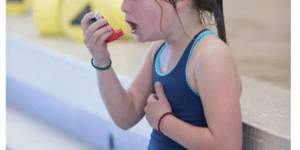
Many cases of athletes worldwide have been documented with reports of asthma, bronchitis, and other respiratory distress. One such case is a condition called “lifeguard’s lung,” which is characterized by scarring of the lung tissue. The medical name is endemic granulomatous pneumonitis.
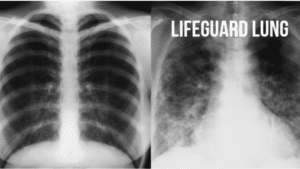
How long can such a cough last?
Every body is different and has different resilience. Some swimmers remain unaffected by poor air quality while others may have chronic respiratory problems and this cough may last for days and nights. However, chronic exposure to chloramines causes serious respiratory problems as we mentioned before but also many other problems either milder such as eye and skin irritation or more serious as we have already mentioned.
In the case that an athlete or a person who is regularly in a pool environment begins to have symptoms of coughing while in the pool, it is recommended that they report the symptoms to their doctor.
Swimmers are coughing due to airborne and volatile chloramines. There is a wealth of research that shows that inhaling these air pollutants is unhealthy. So what we, who are involved in this subject and who know where many of the health problems of swimmers come from, should do is to be informed and to inform appropriately.
A large share of the problem is attributed to those who urinate in the pool and often do not shower before entering the water. By reducing these bad habits, we will immediately have better water and air quality. Finally, a large share of responsibility also lies with the managers of the facilities, who could equip the swimming pool with a better ventilation system if it is an indoor pool and a secondary disinfection system such as UV or Ozone technology that destroy a large percentage of chloramines, microorganisms and bacteria.


